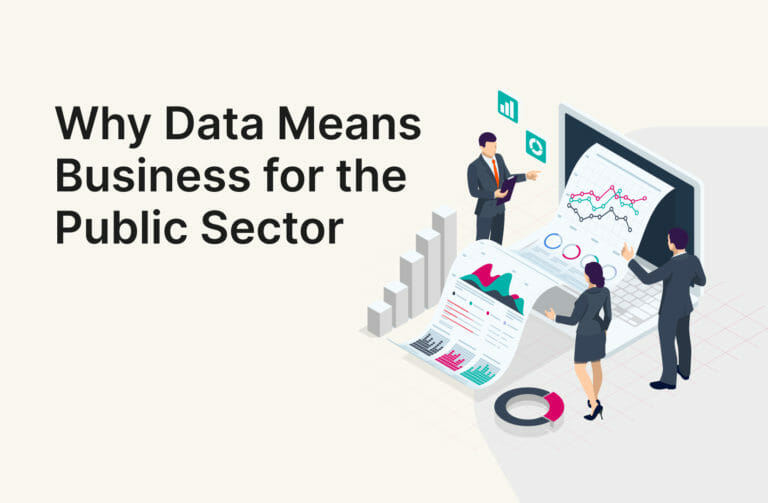Public sector data holds tremendous potential value. In 2021, the UK government saved £142 million through its Digital, Data and Technology function, which aims to help departments make the right technology decisions and enhance digital services.
There are three key areas where data can be used to reveal value in the public sector: anticipation and planning, delivery, and evaluation and monitoring. Below, we explore how data in these three areas can help reduce costs, generate revenue, and create a positive impact for citizens.
Anticipation and Planning
During the COVID-19 pandemic, the NHS has been using data to anticipate the need for hospital resources like ICU beds and ventilators. The ability to prepare in advance for major events like these, as well as natural disasters, can ensure resources are allocated in the most effective way so that budget isn’t wasted on unused resources. When using data to predict events, sharing or combining data sets increases data value. In Somerset, GPs and hospitals are already sharing data to enable early identification of patients most at risk of hospital admission. Having this foresight has reduced hospital admissions by up to 30% in the area.
Delivery
In terms of delivery, data can be used to make existing services more cost-effective and provide better-quality service for citizens.
For example, data can be used to improve website user experience or leveraged for chatbots that answer day-to-day citizen enquires. Digital tools are particularly useful for government services that citizens feel comfortable managing on their own, such as paying taxes, renewing a passport, or paying for a parking ticket.
By improving digital services, you free up government staff to invest their time in more complex issues or to provide a service to citizens who are not able to use digital tools. There’s also the possibility for real-time data to be used across service centres and telephone support lines to predict increased demand, so staff can be allocated to where they’re needed most. This means citizens get access to government services more efficiently, but everything can still be managed by the same number of staff.
Additionally, data can be used to add new services to the public sector. Leiden University Medical Centre is already using data to support new healthcare initiatives such as AI-assisted diagnosis and at-home patient monitoring. Not only do these tools save hospital staff time and help to reduce patient admissions, but they also improve the quality of patient care.
Evaluation and Monitoring
Once you’ve put these new data-driven services into place, you want to make sure they’re delivering the value you expect.
For government projects that generate revenue, it’s easy to see ROI. For example, HM Revenue and Customs’ data model that identifies people who are most likely to be non-compliant on their taxes, either through errors on their tax returns or deliberate tax evasion, brings in an estimated £200 million a year in additional government revenue.
Insights gained from data can also show public sector organisations which services are used most by citizens, so they know where to increase investment, and at the same time, decrease investment in services that are used less often.
Find the Value and Follow It
Following the value in your data not only helps you to do more within your budget, but it also enables you to progress with purpose and make a real impact for citizens. If you’d like to learn more about data value in the public sector, download our eWorkbook, or to start following the value in your organisation’s data, contact us.
![]()






